The solution is perfect for validating complex electronic products in manufacturing lines that require flexibility, adaptability, and high coverage levels at a minimum test time.
Open Platform
Easy Test Configuration
Flow Control
Unitary Traceability
Lynx Tester Scheduler dashboard shows the most relevant information for the test engineer to understand the quality of the DUT. Depending on the necessities, it can show the configuration and test sequence details or a summary of the test status.
It is, therefore, the reference site where the user can consult the information of the production data results. It is useful for managers and test engineers. In order to help daily activities, it shows information such as product, manufacturing line, activated KPI, alarms, number of tests, dates and test hit rate.
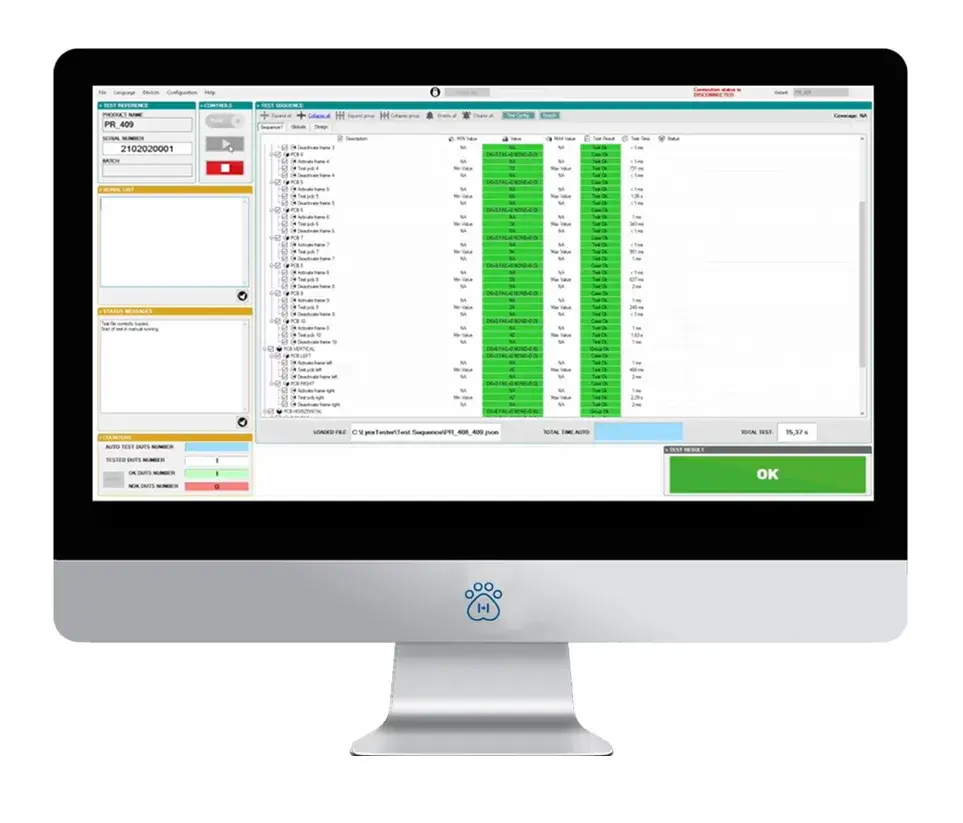
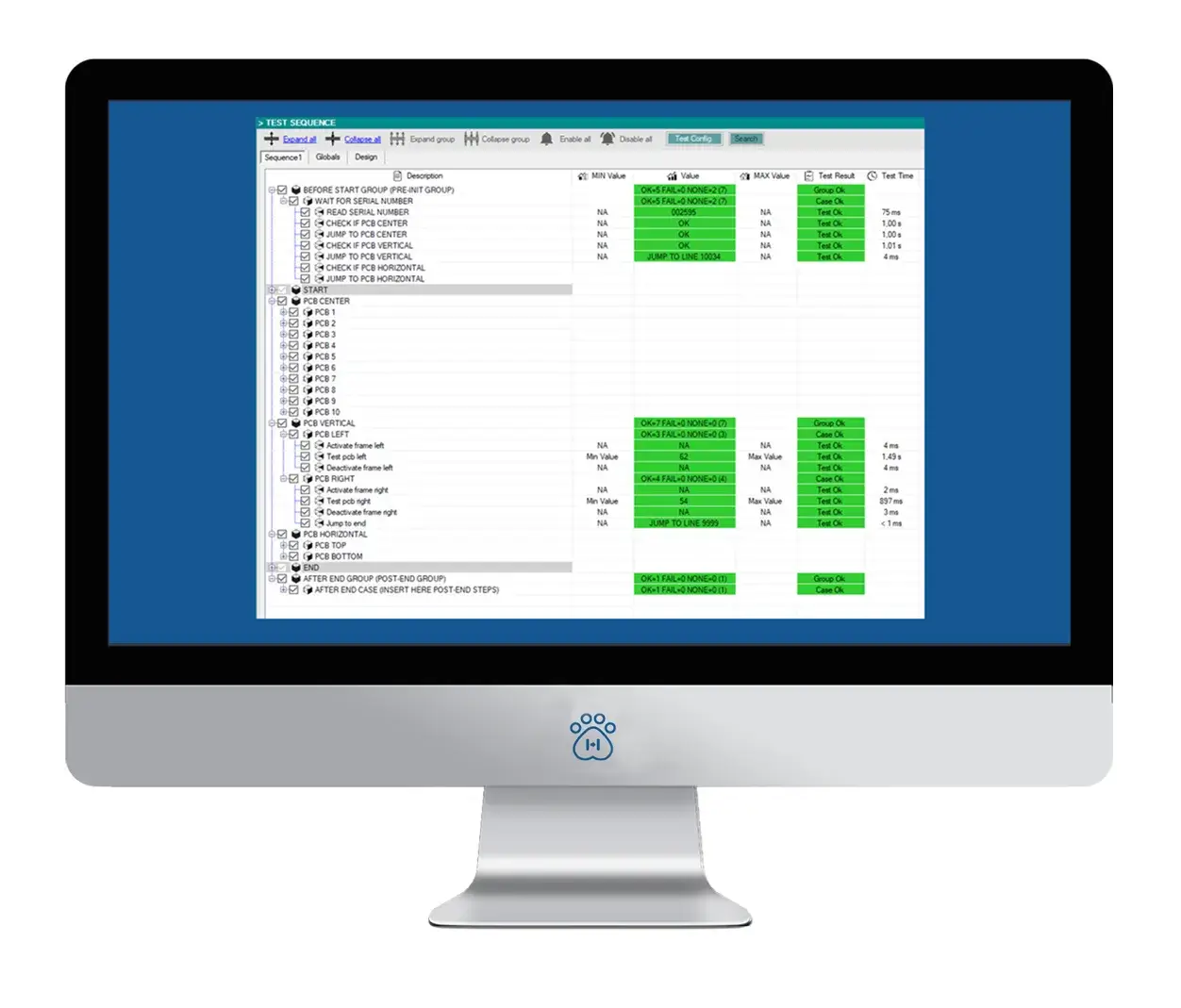
Try it and understand why many companies are using Lynx Tester Scheduler as its EOL test standard software.
No programming, only configuration with drop-down menus! Many companies do not give EOL SW the importance it deserves. Due to this, each product has been codified with a different programming language, developed by an engineer that has potentially left the company and without clear documentation to understand it. This is highly inefficient and unmaintainable for any company, but it is avoided with Lynx Scheduler.
Main advantages for Lynx Tester Scheduler in regards to programmed solutions are:
Though the test scheduler follows a sequential flow, it can be modified if a certain condition is met during the test. On the other hand, and in order to improve test figures and KPI, retries can be defined for each test step, case or group in case a NOK is detected. With retries, certainty about the test result is improved.
Some examples of the versatility of the flow control feature:
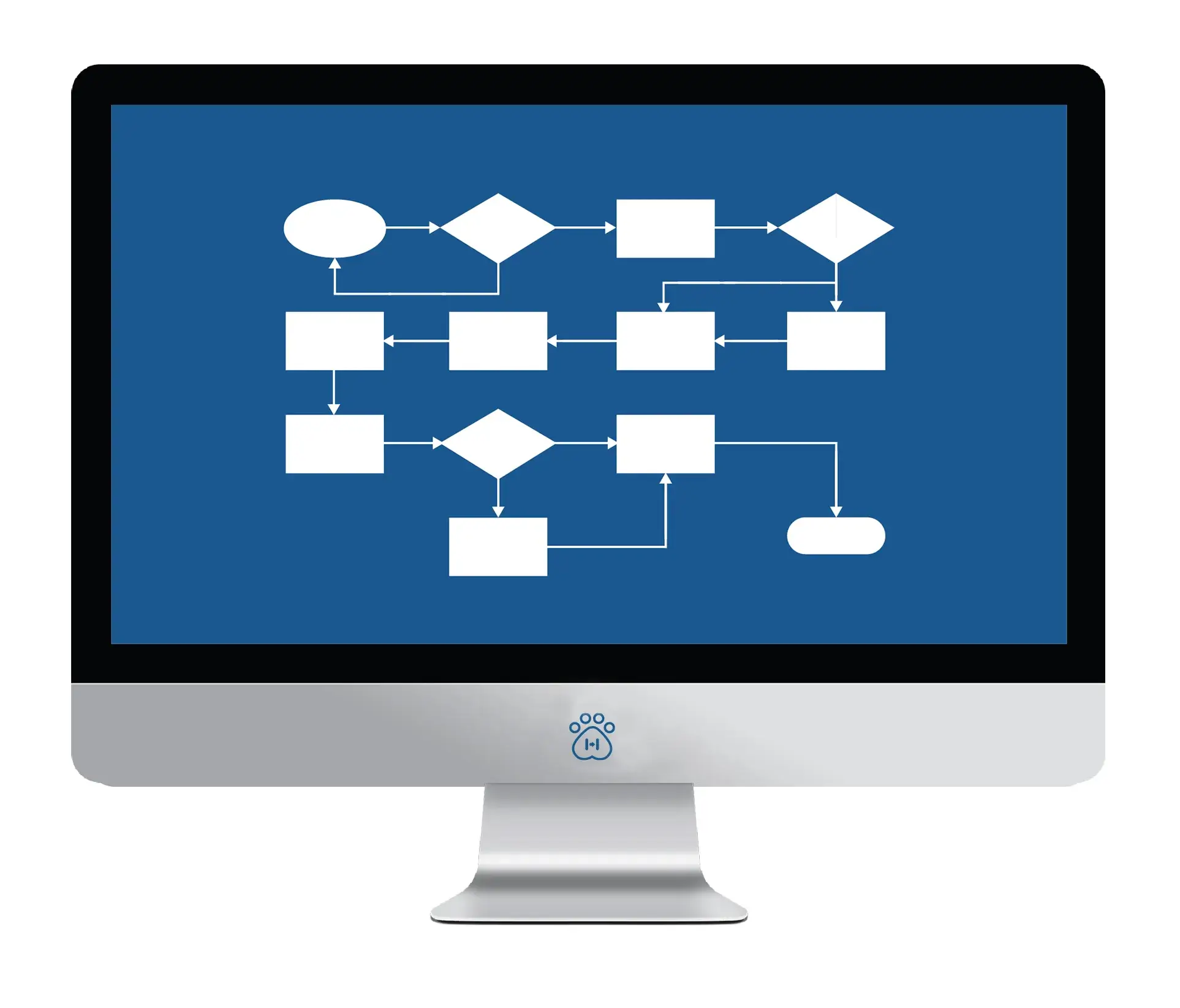
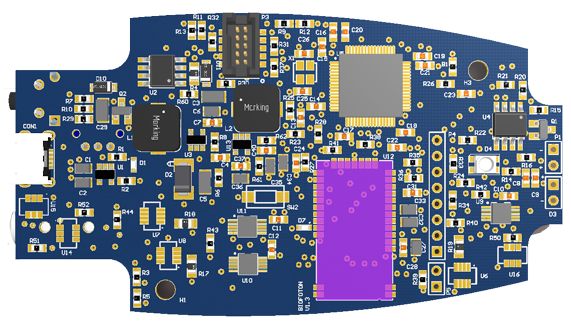
Some markets, such as automotive where serial production volumes are high, DUTs have different assembly variants to save cost of unnecessary components.
Lynx Tester Scheduler allows the definition of a MAXI variant test with all the coverage that the customer requires. After that and with the Variant feature, new tests with less complexity can be created visually, only disabling test cases.


Both reading and printing serial numbers can be easily handled by the application. Traceability is necessary when devices under test are traced with bar code, data matrix or RFID.
A report is generated for each device. This report contains all test information, such as result, test time, part number and measured values and acceptance criteria. Once finished, a traceability label can be generated as the final test process. Each tested DUT has its own, unique test report in CSV or HTML format, that is accessible to the test engineer.
This feature shows for a pallet that contains more than one DUT, highlight the position of the products that are NOK. This screen helps the line operator to pick the failed parts and divert them from the normal test process.

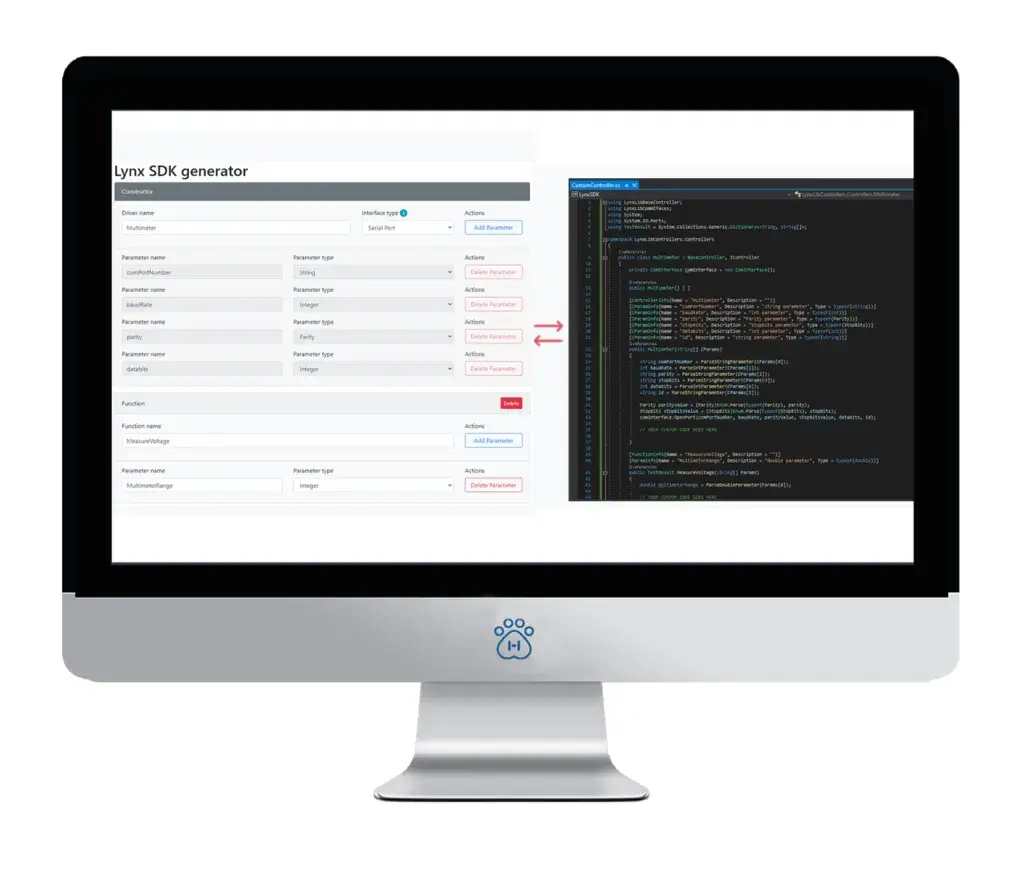
Test market is changing every day. New instruments and communications boards are brought into the market every year. For this reason, Lynx Tester Platform can easily integrate new test products to make them available for the test. It also implements SCPI protocol, so that most of the test instrumentation in the market can be controlled, such as DMM, network analyzers, scopes, power supplies, relay boards or electronic loads. Lynx Scheduler implements multiple communication buses and protocols to interact with the DUT: CAN, FlexRay, Ethernet, Profinet, GPIB, USB and serial buses are ready to be used.
Lynx Tester Scheduler
Helping companies grow in their performance

